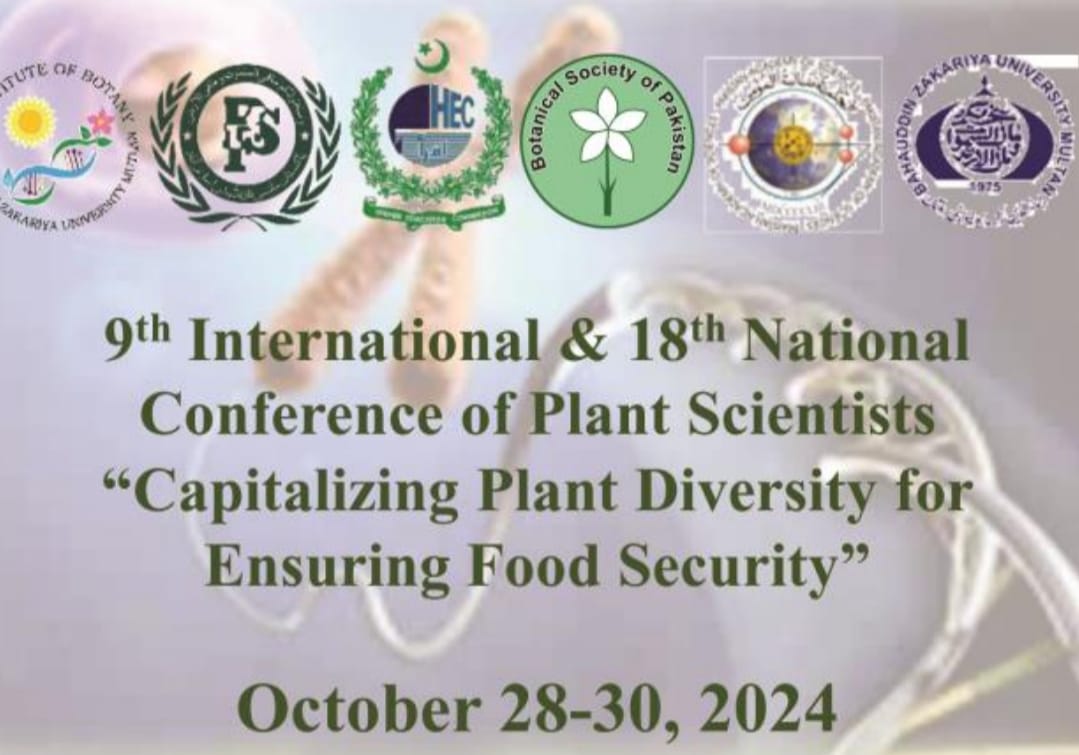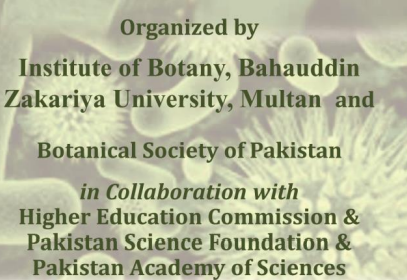Piyada Theerakulpisut, Punya Madee, Dechudom Pamuta and Noppawan Nounjan
Details
53(1): 1-9, 2021
Download PDF
Exogenous application of spermidine (SPD) and wood vinegar improves salt tolerance in salt-sensitive rice (Oryza sativa L.)
Details
53(1): 1-9, 2021


